The Top 11 Eastern Sierra Hikes to Add to Your Bucket List
The landscape of the Eastern Sierra holds such a special place in my heart. I’ve explored a lot of trails, both in the US and abroad, but nothing compares to the Eastern Sierra for me. Full of stunning mountain vistas, gorgeous granite formations, beautiful alpine lakes, and wonderful waterfalls, you’ll find incredible views around every trail bend here.
It’s so hard to narrow down the list of amazing hikes in the Eastern Sierra to just ten, but I tried my best – then had to add an 11th! From short day hikes with alpine lakes to iconic hikes in Yosemite to the highest mountain in the lower 48, this list sums up the Eastern Sierra in my top 11 hikes.
ABOUT THIS GUIDE TO THE BEST EASTERN SIERRA HIKES
Normally, I break down my lists of hikes by difficulty, but honestly, most of these epic hikes in the Eastern Sierras are challenging – but totally worth it. I have included a couple of somewhat easier hikes here, but on the majority of these trails, you should expect some serious elevation gain, which is what makes them strenuous.
Also, a few of these are backpacking trails or can be done as a backpacking trip, if you want to spend more time in this spectacular wilderness.
GRAB MY [FREE] OUTDOOR BACKPACKER STARTER KIT
I created the Ultimate Outdoor Backpacker Starter Kit for you (and it's FREE)! This starter kit is filled with 14 pages of my best hiking and backpacking tips to help you learn what it takes to become a safe, confident, and self-sufficient outdoor backpacker!
Without further ado, here are the top 11 hikes in the magical alpine landscape of the Eastern Sierra!
TOP Eleven EASTERN SIERRA HIKES
1. DEVILS POSTPILE & RAINBOW FALLS
Devils Postpile to Rainbow Falls Hike Quick Facts:
Type of Trail: Out & back
Total Mileage: 4.9 miles round trip
Total Elevation Gain: 534 feet
Difficulty: Moderate
Permit Required: No fee entry to the National Monument, but shuttle ride usually required ($15/adult)
This is a super popular hike in Mammoth Lakes that takes you to the two biggest attractions in Devils Postpile National Monument. A short trail leads you to cool basalt columns up to 60 feet tall, and then you can continue on further to Rainbow Falls. The 101-foot waterfall is beautiful, and at certain angles, a rainbow can be seen in the mist.
2. CATHEDRAL LAKES TRAIL
Cathedral Lakes Trail Hike Quick Facts:
Type of Trail: Out & back
Total Mileage: 8 miles round trip (if you go to both Upper and Lower Cathedral Lakes)
Total Elevation Gain: ~1,200 feet
Difficulty: Moderate
Permit Required: No, if you’re just day hiking
One of my absolute favorite areas in the Eastern Sierra is Cathedral Lakes. I’ve hiked around here on many different routes, but I especially like the moderate Cathedral Lakes Trail, which takes you by both Upper and Lower Cathedral Lakes and offers stunning views of Cathedral Peak in Tuolumne.
3. DUCK PASS & PIKA LAKE
Duck Pass & Pika Lake Hike Quick Facts:
Type of Trail: Out & back
Total Mileage: 10.1 miles round trip
Total Elevation Gain: 2,152 feet
Difficulty: Challenging
Permit Required: Only if you’re camping overnight
If you want to see some stunning alpine lakes in the Eastern Sierra, the hike to Duck Pass & Pika Lake is the perfect trail for you. If you hike all the way to Pika Lake, you’ll pass a total of five alpine lakes on your hike – Arrowhead, Skelton, Barney, Duck, and Pika.
This whole trail is just incredibly beautiful, which is what makes it one of my very favorite Eastern Sierra hikes. I’ve seen a lot of amazing views in the Eastern Sierra, but the view from the top of Duck Pass still takes my breath away.
4. MINARET LAKE
Minaret Lake Hike Quick Facts:
Type of Trail: Out & back
Total Mileage: 13.3 miles round trip
Total Elevation Gain: 2,404 feet
Difficulty: Challenging
Permit Required: No for day hiking, yes for backpacking
The Minaret Lake hike allows you to explore this gorgeous Eastern Sierra area filled with epic alpine lakes and a backdrop of gorgeous jagged mountain peaks. While the hike to Minaret Lake can definitely be done as a day hike, I would suggest doing it as a backpacking trip so you can spend at least one night camping up near Minaret Lake. Be sure to wake up in time for sunrise to catch the stunning alpenglow on the Minarets.
>>>Check out our full guide to hiking Minaret Lake here!
5. EDIZA & ICEBERG LAKE
Ediza & Iceberg Lake Hike Quick Facts:
Type of Trail: Out & back
Total Mileage: 14-16 miles round trip
Total Elevation Gain: 1,800-2,300 feet
Difficulty: Challenging
Permit Required: Only if you’re camping overnight
Although you can backpack it, I think this trail makes for a super fun, long day hike. It’s a solid 14-16 mile day filled with incredible views, lakes, and waterfalls.
It’s about 7 miles out to Ediza Lake and another mile or so to Iceberg Lake, and it’s absolutely worth it to visit both lakes if you have the time and energy. Take a break at Iceberg Lake before turning back – dip your feet into the water or maybe even jump in for a chilly swim.
>>>For more details about this trail, check out our Ediza Lake & Iceberg Lake post!
6. BIG PINE CREEK NORTH FORK
Big Pine Creek North Fork Hike Quick Facts:
Type of Trail: Out & back
Total Mileage: 12-15 miles round trip
Total Elevation Gain: ~3,500 feet
Difficulty: Challenging
Permit Required: Yes for backpacking, no if day hiking
If you’re looking for a beginner backpacking trip in the Eastern Sierra, I highly recommend the Big Pine Creek North Fork Trail. This trail rewards you with epic views of truly breathtaking aquamarine alpine lakes and stunning 14er mountain peaks in the background.
While you could do this as a challenging day hike, I think it’s better as a backpacking trip to really immerse yourself in the stunning landscape of the Eastern Sierras. It’s totally doable for beginner backpackers, especially if you break it down into a few days and train for the elevation gain.
>>>Read our full guide to backpacking the Big Pine Creek North Fork Trail here!
7. HALF DOME HIKE
Half Dome Hike Quick Facts:
Type of Trail: Out & back
Total Mileage: ~ 14 miles via the Mist Trail or ~16.5 miles round trip via the John Muir Trail, or you can choose to go up the Mist Trail (7.25 miles) and down the John Muir Trail (8.25 miles) for a round trip of around 15.5 miles.
Total Elevation Gain: ~5,300 feet
Difficulty: Very strenuous day hike
Permit Required: YES! You must have a Half Dome hiking permit to hike up to the top of Half Dome! If you don’t have a permit to hike Half Dome, you can hike to the sub-dome, but then you need to turn around. (And yes, there are rangers out there who will check if you have a permit.)
Half Dome is an iconic hike that is probably the most popular hike in Yosemite! It’s unique, challenging and fun, and with over 16 miles round trip and more than 5000 feet of elevation gain, it is a full day adventure.
You MUST have a permit to hike beyond the sub-dome to the classic cables of Half Dome. The hike up the cables is nearly vertical, and your only protection is your grip on the cables and your footing on the “stairs,” so this is not the hike for you if you’re afraid of heights. But if you make it to the top of Half Dome, this hike is definitely an experience you’ll never forget!
>>>Read our detailed Half Dome Hike guide for all the in-depth info on hiking Half Dome.
8. CLOUDS REST
Clouds Rest Hike Quick Facts:
Type of Trail: Out & back
Total Mileage: 12 miles round trip from the Sunrise Lakes Trailhead
Total Elevation Gain: ~5,300 feet
Difficulty: Challenging
Permit Required: No, which makes it a great alternative to Half Dome if you don’t get a permit
For sweeping views of Yosemite Valley and an epic view of Half Dome, you can’t beat the Clouds Rest hike! Although the Half Dome hike typically gets all the attention, hiking Clouds Rest actually takes you to a higher summit that offers a panoramic vista which includes an unbeatable view of Half Dome itself.
It’s an especially great alternative if you had your sights set on Half Dome Trail but couldn’t snag permits, since permits are NOT required to hike Clouds Rest.
>>>Check out our full Clouds Rest trail guide for all the details on the Clouds Rest hike.
9. MOUNT LANGLEY
Mount Langley Hike Quick Facts:
Type of Trail: Out & back
Total Mileage: ~26.5 miles round trip
Total Elevation Gain: 5,940 feet
Difficulty: Challenging
Permit Required: Yes, if you’re backpacking and camping overnight
Mount Langley is one of the tallest peaks in California at over 14,000 feet, and in my opinion, it’s one of the most beautiful hiking and backpacking areas in the Eastern Sierra.
While the Mount Langley hike often gets overshadowed by its nearby neighbor, Mount Whitney, if you’re looking to get away from the crowds, then Mount Langley is an awesome choice.
I also highly recommend backpacking Mount Langley versus day hiking, so that you can spend more time at the Cottonwood Lakes. These lakes are arguably some of the most beautiful alpine lakes in the Sierra Nevada, and you won’t regret spending more time in this special place.
>>>For more details about this trail, head to our complete guide to hiking Mt. Langley.
10. MOUNT WHITNEY
Mount Whitney Hike Quick Facts:
Type of Trail: Out & back
Total Mileage: ~20 miles round trip
Total Elevation Gain: 6,600 feet
Difficulty: Extremely Challenging
Permit Required: Yes, permits are required for both hiking and backpacking Mt. Whitney.
Mount Whitney is definitely a bucket list hike and one of the most popular trails in California and the whole US. Mount Whitney is the tallest peak in the contiguous United States at 14,505 feet, yet it’s a very attainable summit for most hikers and backpackers as it’s not an overly technical hike if you plan your trip during the right time of the year.
A permit is required to hike Mt. Whitney whether you are doing a day hike or backpacking, and the permit lottery is extremely competitive. But standing on the summit of this peak is worth all the effort, both physically and logistically.
>>>For everything you need to know to attempt to summit the highest peak in the lower 48, check out our detailed guide to hiking Mt. Whitney.
11. JOHN MUIR TRAIL
John Muir Trail Quick Facts:
Type of Trail: Thru-hike (typically anywhere from 10-30 days)
Total Mileage: 211 miles
Total Elevation Gain: 45,000 feet
Difficulty: Extremely difficult
Permit Required: 100% Yes
The John Muir Trail (JMT) stretches for 211 miles along the Sierra Nevada from Yosemite Valley to Mount Whitney, providing a path through some of the most stunning alpine scenery in the country including the Ansel Adams Wilderness, the John Muir Wilderness, and Sequoia & Kings Canyon National Parks.
If you have the time (typically it takes several weeks), you can thru-hike the whole thing, or you can choose different parts that you want to explore and section hike parts of the JMT.
>>>If you’re overwhelmed just thinking about planning a thru hike, our guide to thru-hiking the JMT will help break down all the details to make it possible.
WHEN TO VISIT THE EASTERN SIERRA
September is my favorite time of the year to hike in the Eastern Sierra. The weather is typically perfect – and there are less mosquitos!
July and August are also good times for hiking in the Sierra Nevada, but the weather is usually warmer and the mosquitoes are out in full force – and trust me, they can be BAD!
The shoulder seasons of June and October are really hit or miss. If it’s been a big snow year in California, there could still be a ton of snow on the trails in June. And the first snowfall of the season can certainly happen in October.
These days, you also need to consider wildfire season when hiking in the Sierras in the summer and early fall and keep an eye on air quality.
EASTERN SIERRA NEVADA HIKING SAFETY
It’s always important to know what to expect in the region that you’re hiking, and that’s especially true in an alpine environment like the Sierra Nevada.
Here are some of the biggest hazards to be prepared for when hiking in the Eastern Sierras:
ALTITUDE
Most of these Eastern Sierra trails head to fairly significant altitude that can lead to altitude sickness. It’s a good idea to give your body a day or two to acclimatize to the thinner air before doing a big hike, especially if you’re coming from sea level. Also, make sure to hydrate a lot and avoid alcohol to help minimize the effects of altitude.
Altitude sickness is extremely serious, and you should be prepared to quickly descend if you or anyone in your party begins showing symptoms of Acute Mountain Sickness (AMS). The main symptoms of AMS include persistent headache, difficulty sleeping, dizziness, fatigue, loss of appetite, and nausea or vomiting.
SNOW & SNOWMELT
Snow sticks around in the high elevation of the Eastern Sierra, so if you’re planning to hike early in the summer, you need to be prepared for snow-covered trails.
Be sure to always check the current trail conditions before you head out so you’re prepared for what you’ll encounter. Bringing a pair of microspikes also might be a good idea if you’re hiking earlier in the season.
BEARS
Black bears call the Eastern Sierra home, so you should know proper bear safety protocol when hiking here. While these bears are typically not aggressive, they can become habituated to humans when they find food.
Bear cans are required for backpacking in most areas in the Sierra Nevada, and you should keep your food and all scented items (such as toiletries) in your bear can.
While bear bells have not been proven to work, making loud noises or chatting with your hiking partners while on the trail will alert bears to your presence so they can avoid you.
EASTERN SIERRA HIKES PACKING LIST
Here are some of the essential items to bring when you’re hiking in the Eastern Sierra. This is definitely NOT a comprehensive list, so also be sure to consider the terrain of the trail and check the weather where you’ll be hiking to pack appropriately for the conditions.
Note: The list below contains affiliate links.
DOWNLOAD OUR HIKING PACKING CHECKLIST
So that you can hit the trails with peace of mind knowing that you didn’t leave anything essential behind!
Hope this guide has you ready to explore all the incredible hiking in the Eastern Sierras! Which Eastern Sierra hike sounds like a must-do for you? Let us know in the comments!
MORE CALIFORNIA HIKING ADVENTURES
If you’re looking for more trails places to explore in California, check out these blog posts:
MORE HIKING & BACKPACKING RESOURCES
Also be sure to check out these essential hiking & backpacking resources!
Cheers,
Allison - She Dreams of Alpine





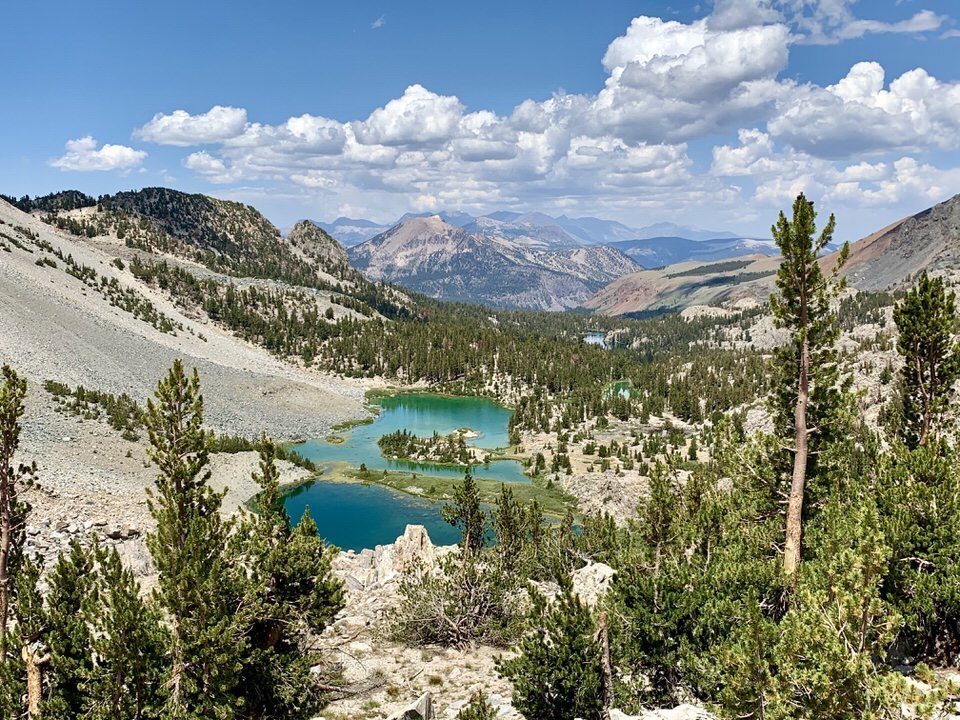



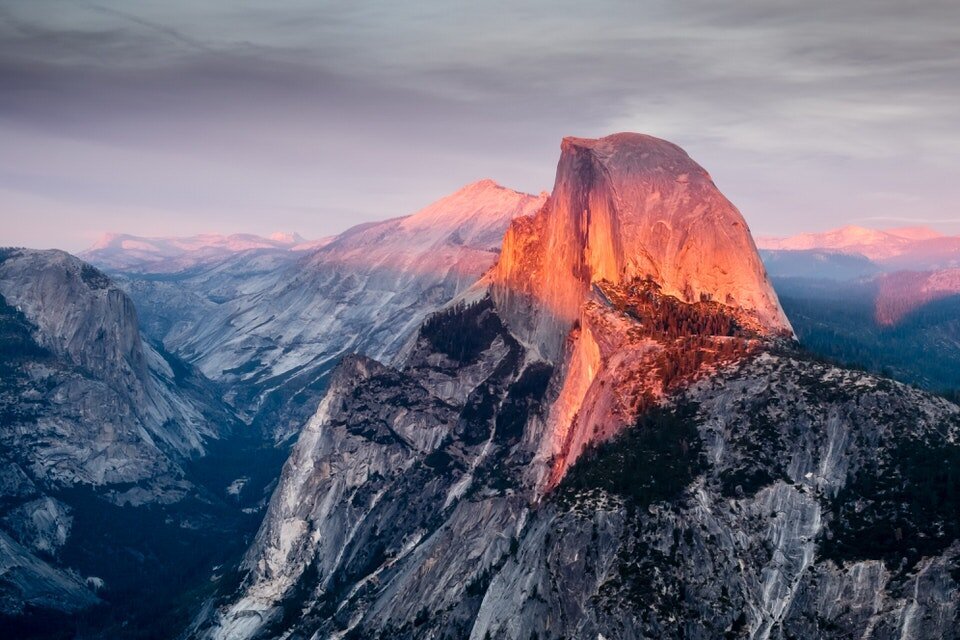
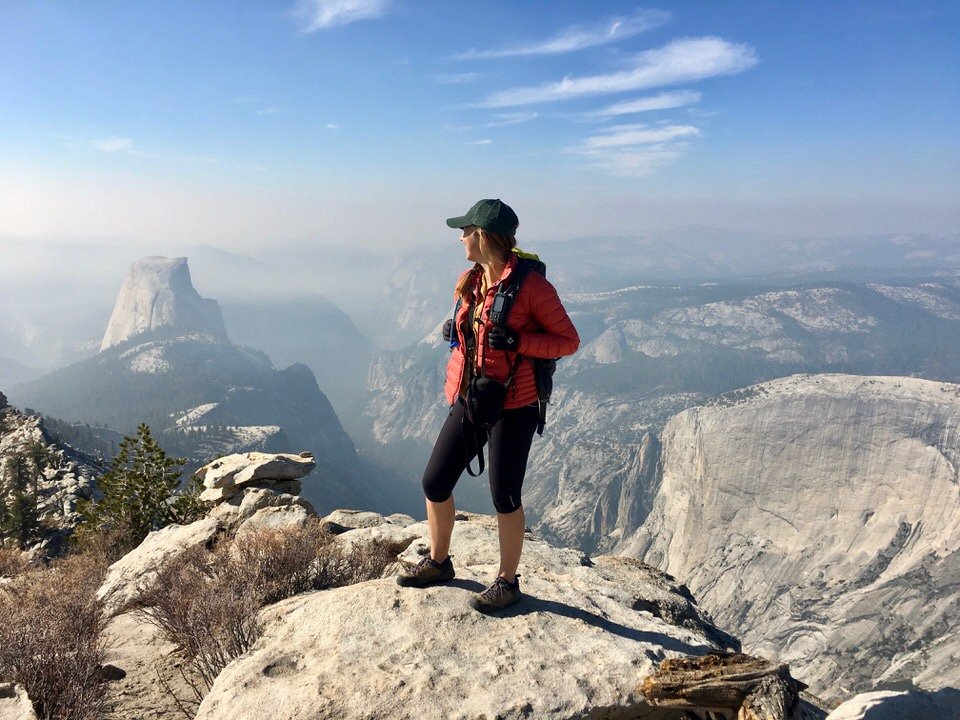
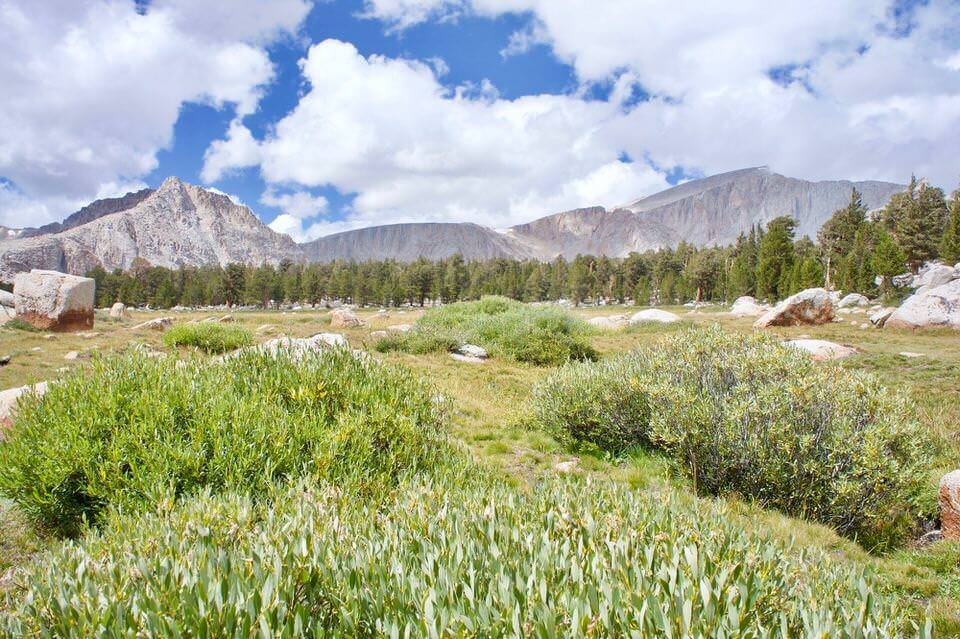
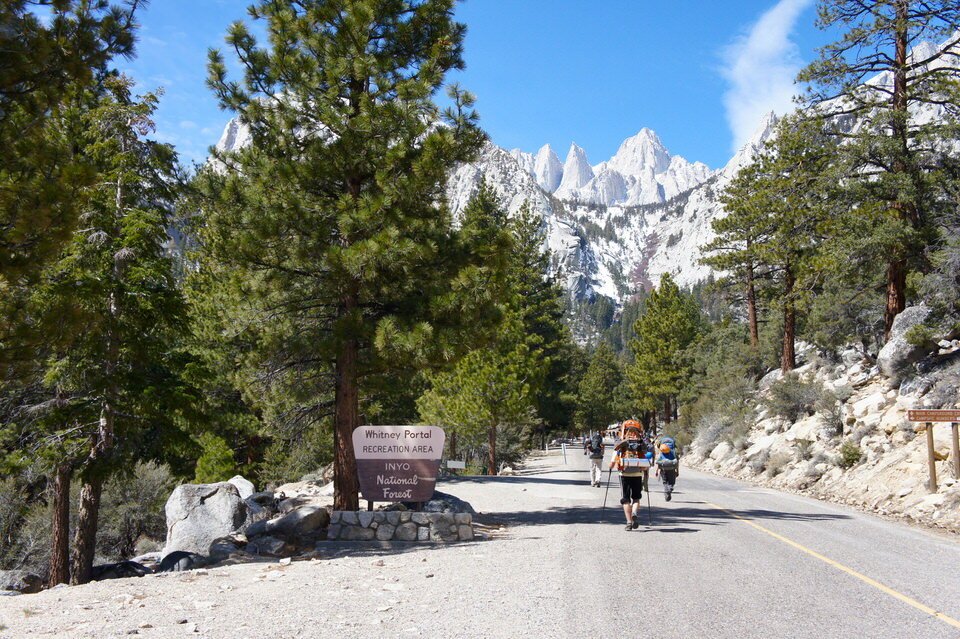


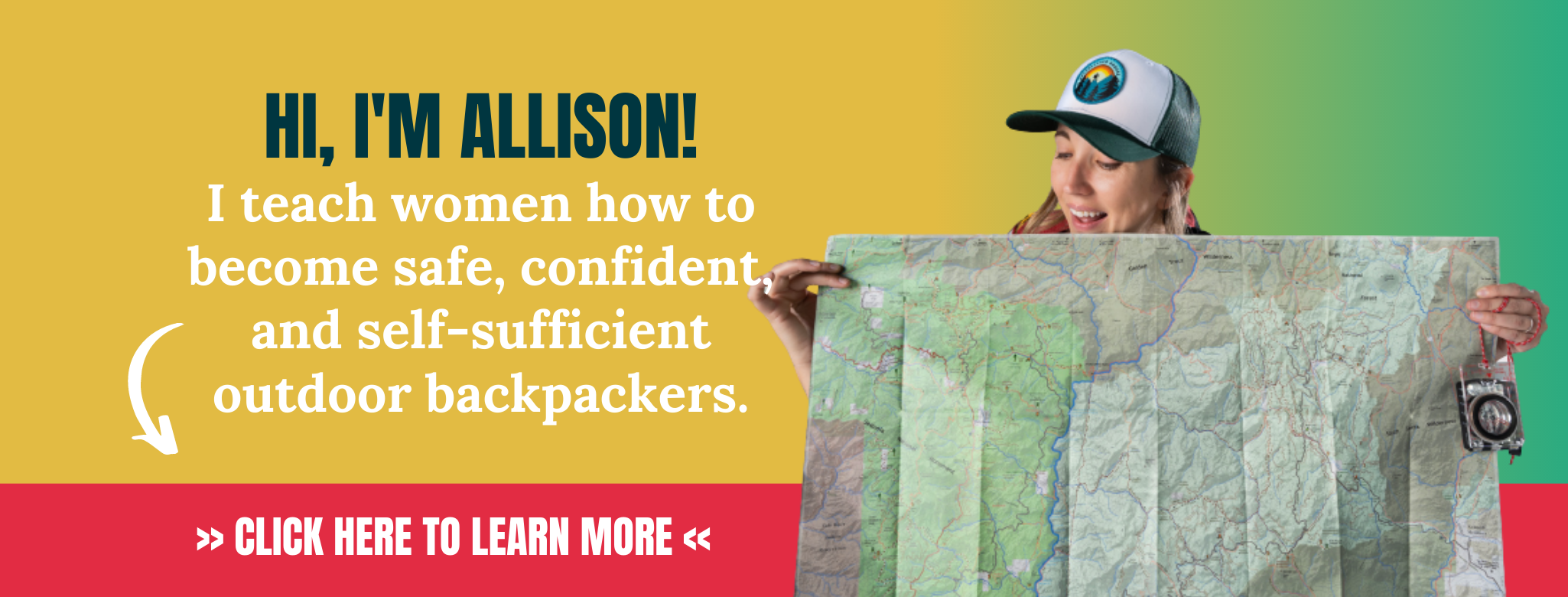




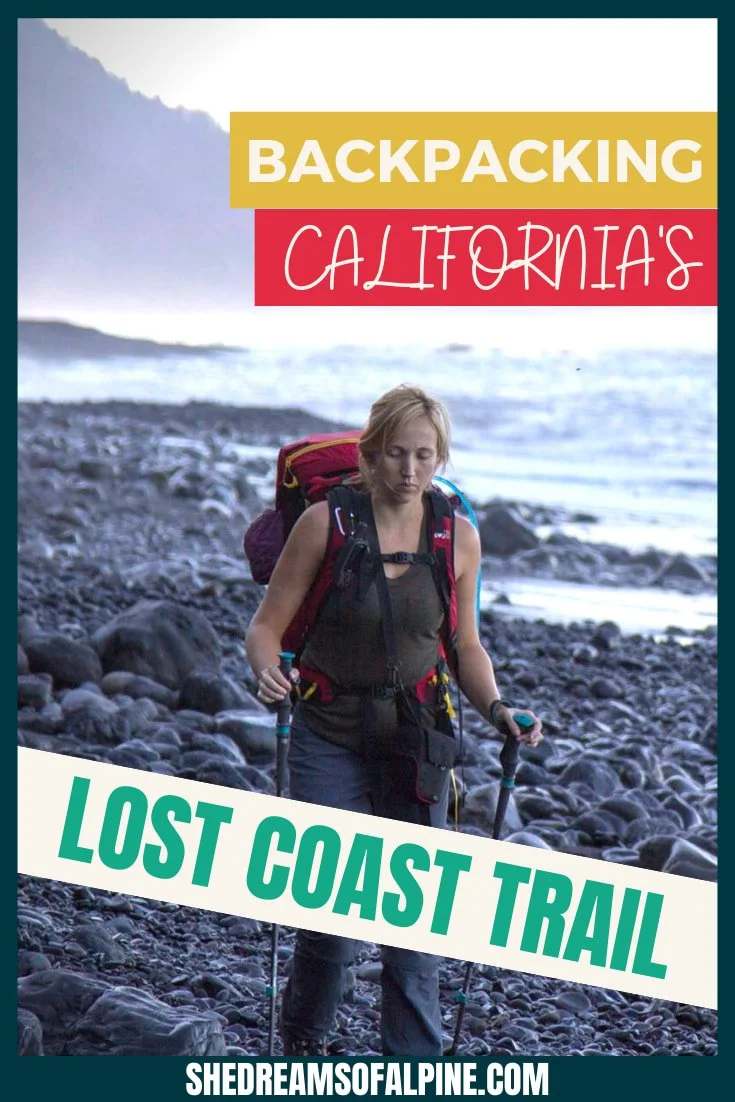

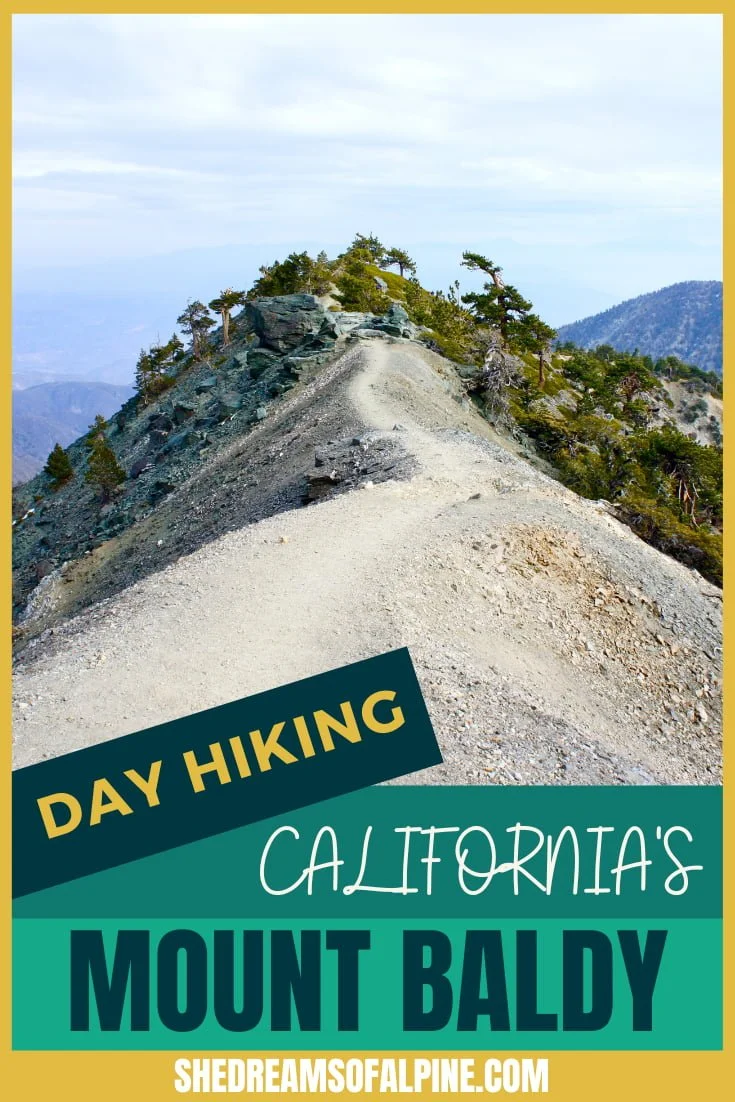

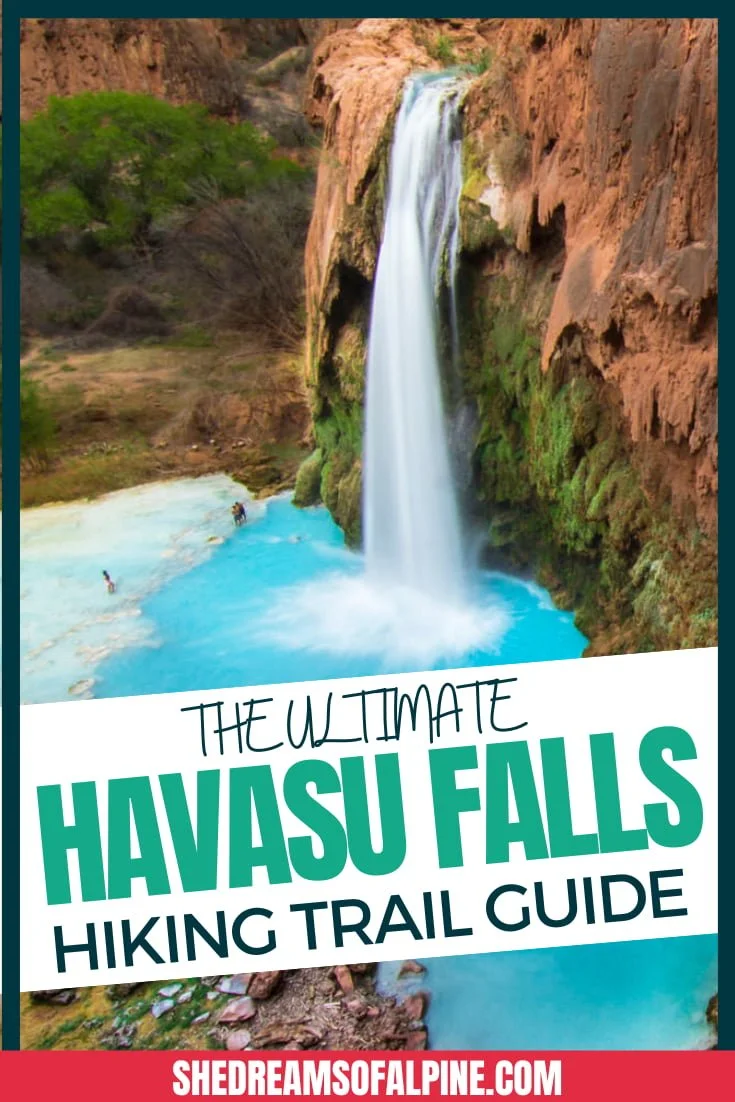

The Ultimate John Muir Trail Planning Guide: Absolutely Everything You Need to Know About Hiking the JMT | The John Muir Trail attracts thru-hikers like a magnet to the 211 miles of trail through the stunning alpine scenery of the Sierra Nevada. While hiking the JMT, you will explore the soaring granite walls of Yosemite and the highest point in the lower 48 states on the summit of Mount Whitney. In this guide, you’ll learn everything you need to plan your epic JMT hike. | shedreamsofalpine.com